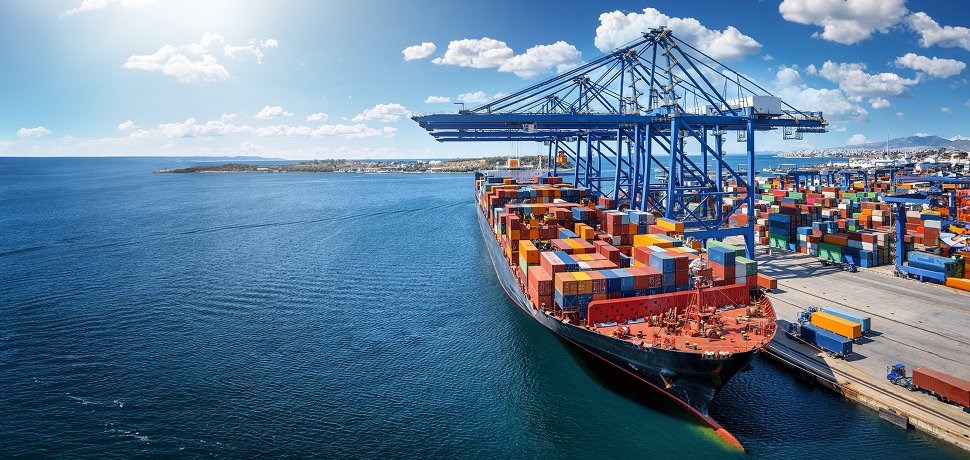Reimagining growth: What South Africa can learn from China's logistics revolution
Could smarter ports, seamless rail, and unified logistics unlock SA’s growth? We explore insights from China’s transformation and what it means for us.

What if the key to South Africa’s economic growth lies in how we move things?
In March this year, I had the opportunity to attend Investec’s inaugural SA Economic Reforms conference. It focused on one big idea: how to uplift South Africa’s medium-term growth outlook. One key sector dominated the conversation…logistics.
From freight and rail to roads and ports, it became clear that South Africa’s ability to harmonise and modernise its logistics system could be a game-changer. Mr Bernard Aritua from the World Bank, co-author of Developing China’s Ports, shared some powerful insights on what transformed China’s transport sector into a global success story.
Lessons from China’s logistics leap
Since 1978, when China began its “reform and opening up” strategy, its economy has grown more than 25-fold. A major driver? Logistics. By 2021, seven of the world’s ten busiest ports were Chinese.
One of China’s winning strategies was developing long-term, national logistics and port plans that aligned closely with their industrial growth goals. South Africa could benefit immensely from a unified logistics master plan that weaves together ports, rail, roads, and Special Economic Zones (SEZs), all aligned with trade and industrial policies.
Private Capital, public vision
China successfully leveraged Public-Private Partnerships (PPPs) to modernise its infrastructure while maintaining strategic oversight. The same model could work here. There’s international appetite; global logistics firms are keen to invest in South Africa, particularly in inland terminals, port upgrades and digital platforms.
Expanding PPPs could bring much-needed capital and global best practices to our port modernisation projects and intermodal logistics systems.
Going digital: from cargo to customs
China’s ports are not just massive, they’re smart. Investments in AI-driven logistics, real-time tracking, and digitised customs procedures have made their supply chain remarkably efficient.
South Africa must prioritise a digital transformation of our logistics sector. That includes smarter border processes, improved tracking, better transparency, and harmonised agency collaboration. Speed and predictability are key, and technology holds the answer.
Building skills, building the future
China didn’t stop at infrastructure. It invested in people building logistics academies and training programmes to support its evolving supply chain needs.
For South Africa, this is an opportunity to create future-ready jobs. Vocational training and logistics education can prepare our youth for high-demand careers, while also improving service delivery across the sector.
Our ports, if developed strategically, can serve as hubs for trade corridors, not just within South Africa, but across the continent. Supporting the African Continental Free Trade Area (AFCFTA) and creating East-West corridors can strengthen resilience in global supply chains, especially considering recent instability in the Middle East.
Charting Our own path
With the launch of Vulindlela 2.0 in May, there is renewed political will to push for structural reforms that could reshape our economy.
But it’s not just about copying another country’s playbook, it’s about taking lessons from those who’ve succeeded and crafting our own uniquely African solution, rooted in collaboration, bold action, and long-term thinking.
South Africa stands at a critical junction, with the opportunity to turn its logistics sector into a powerful engine for inclusive, sustainable growth. The path won’t be easy, but as China has shown, transformational progress is possible with vision, coordination, and courage.
It’s time to reimagine logistics not as a bottleneck, but as a bridge to prosperity. As transport economist Jean-Paul Rodrigue once said, “Logistics is the backbone of trade, and trade is the lifeblood of economies.” If we can get this right through partnerships, innovation, and skills, we won’t just move goods more efficiently; we’ll move the country forward.